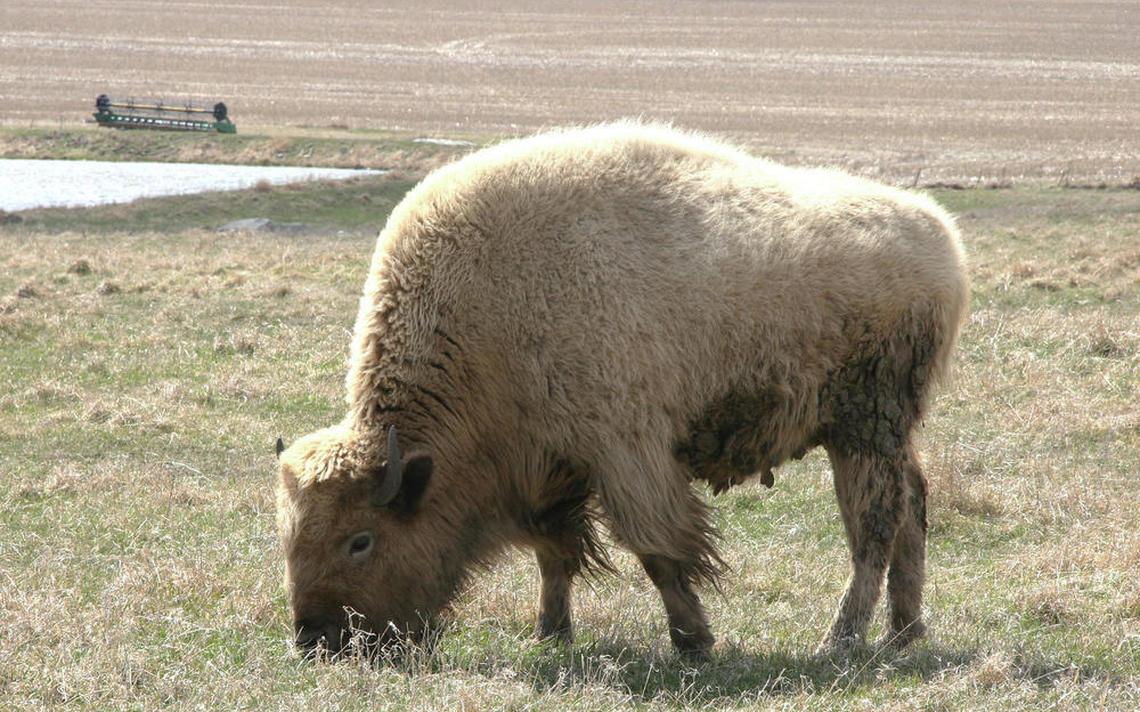Any people would be horrified to think of the remains of their ancestors totaling a large part of their nation to have been stolen from their graves and boxed up in a university basement for decades. So, one can only imagine the relief felt by the Wendat people this past week when the remains of 1,760 ancestors were repatriated to a Wendake burial site, returned by the University of Toronto after four tense years of negotiations.
The Wendat Confederacy – made up of the Bear, Deer Cord, and Rock nations, from west to east – resided in their long-house communities in their ancestral homelands just southeast of Georgian Bay, until the diseases, warfare, and intrigues brought by French merchants and Jesuit priests in the middle decades of the 17th century decimated their peoples. Between 1634-1640 alone, 30,000 Wendat were killed. The trading and military alliances, and religious influences of the French split the Wendat and also severely aggravated wars with their fellow Iroquois-speaking cousins to the south, the Haudenosaunee.
The Catholicized part of the nation fled to Quebec with the French in 1648, with their descendants making up the Huron-Wendat Nation of today at Wendake, Quebec; while others merged and migrated south with the Tionontaté (‘Petun’/’Tobacco’) Nation to become the Wyandot.
The remains were buried last week near Vaughan, Ontario, at the site of one of the larger ‘digs’ from which Wendat bones were previously grave-robbed.
Negotiations over the Onkwehon:we remains also included the Mississaugas of Scugog, the Kawartha Anishnabe and Six Nations of the Grand River. The remains were mostly of the Wendat nation, but also included the remains of several hundred ancestors of the Attiwandaronk (‘Neutral’) nation – an Iroquois-speaking people whose ancestral territories were once on the Niagara peninsula.








Comments are closed.